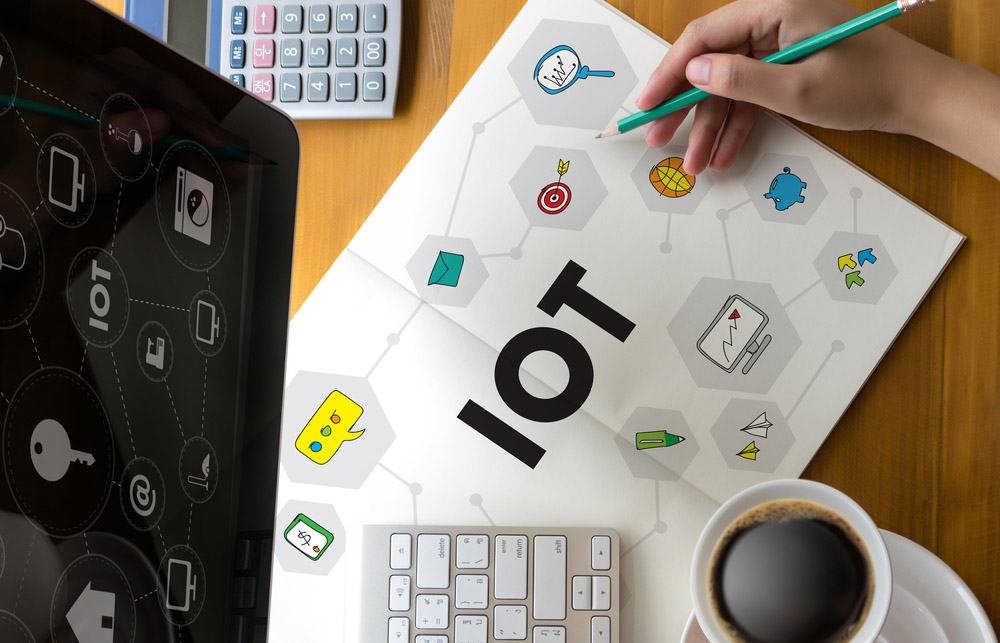The problem with emissions
A major consideration for the Oil & Gas Industry is reducing emissions. The introduction of advanced IoT technology means oil and gas companies now have the potential to streamline emissions-heavy processes and improve emissions reporting.
Consider gas flaring: a process in the Oil & Gas Industry that has been recognised as a leading contributor to greenhouse gas emissions, and consequently global warming. Based on satellite data, more than 150 billion cubic metres (or 5.3 trillion cubic feet) of natural gas is released into the atmosphere each year through natural gas flaring and cold flaring operations.
In November 2015, the COP21 climate change conference in Paris saw a number of oil and gas companies sign a pledge to reduce routine gas flaring to zero by the year 2030. This means an increased focus on emissions being recorded and shared with regulators. The Oil & Gas Industry has come a long way in its recognition and reduction of emissions. However, under increased regulatory scrutiny, it is crucial that the flaring of natural resources is strictly limited and only takes place when absolutely necessary. It is connected technologies that are now helping to measure and manage these processes more effectively.
IoT and emissions measuring
Historically, recording and sharing emissions data would have involved recording the volume of gas flared locally and sharing data on a periodic basis. However, connected measurement technology means that now this information can be monitored and measured in real time through secure hosting in the cloud. By using cloud technology to record gas flaring, companies can build a better picture of trends over time and use this insight to drive emissions strategies.
For example, on a rig where flaring only happens after certain maintenance procedures, real-time data can provide insight to more effectively manage the flaring process – reducing the amount of wasted gas. Over an extended period of time organisations may begin to see patterns emerging that enable them to more effectively predict which rigs will flare more gas than others.
Cloud technology and internet everywhere
Cloud technology and the availability of internet connectivity has driven significant change in remote asset management. Cloud infrastructure enables the constant monitoring and storage of data on remote servers anywhere in the world in real time via IoT. Monitoring equipment installed on local assets transmits information to software that is stored on central servers, rather than physically on an oil and gas site. When real-time data is fed into software such as a continuous emission monitoring system (CEMS), organisations can collect, record and report data remotely –this method has several benefits.
Providing they are connected to the internet, businesses can access CEMS data and analyse it using a variety of devices. With internet connectivity available almost anywhere, businesses can access the real-time data feeds of remote assets from multiple sites anywhere in the world. It is not necessary to store and run the software on a machine on-site, which reduces cost and removes the need to have on-site staff. Additionally, the data is stored securely on multiple remote servers with back up and is not dependent on the health and reliability of an on-site machine.
Remote action can be taken to update software, shut down failing or faulty systems, and if there is a danger of explosion, extract on-site personnel immediately.
Safety first
Oil and gas operations can be dangerous. Although rare, there is a risk of on-site explosions. There are many potential causes of such an accident, including the sudden release of gas under pressure or the introduction of an ignition source into an explosive or flammable environment. The Hydrocarbon Releases (HCRs) that cause explosions like these are, in simple terms, leaks. It is inevitable that leaks will happen during operations, and while significant efforts have been made to reduce these, it is innovations in remote monitoring technology that can drastically reduce risk. Regular reporting of asset well-being and asset monitoring that alerts operators when an asset is malfunctioning – or is about to do so – all helps reduce the risk of a leak.
Historically, these checks were the responsibility of personnel. People would need to confirm whether assets were working or not. This not only cost significant time and money, but at its core it meant inserting a human being into a potentially dangerous environment. Not only does remote measurement and polling of these assets reduce cost –it helps eliminate human risk.
In late 2015 dozens of oil workers were killed in a fire aboard a rig in the Caspian Sea. This was caused by a gas pipeline that was damaged in high winds. By recording critical data to the cloud, companies can understand the impact of extreme weather on oil rigs and implement procedures to reduce the risk of a similar incident. Had the owners of the rig been more aware of the likelihood of such an incident happening, the site could have been evacuated earlier.
It is important for the Oil & Gas Industry to sustain production and ensure its internal processes continue to operate efficiently and safely. One way to do this is through regular asset monitoring, maintenance and servicing. IoT innovation has transformed how these processes can be completed. Connected technologies can greatly reduce the risk of accident or injury in oil and gas operations, improve emissions monitoring, and provide insightful data to advance on-site operations through cloud technologies and internet everywhere.




